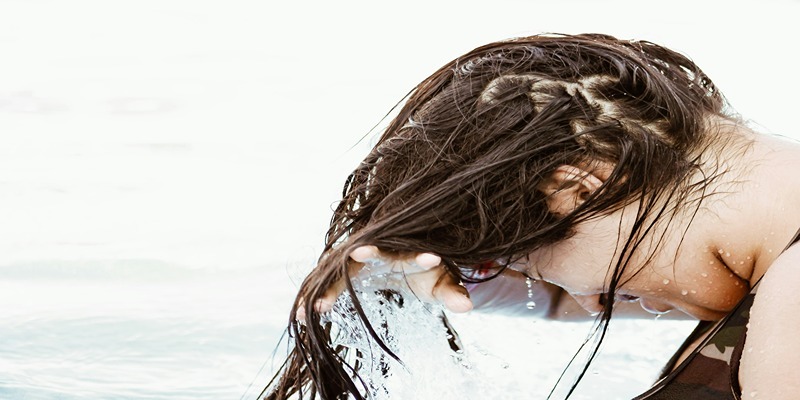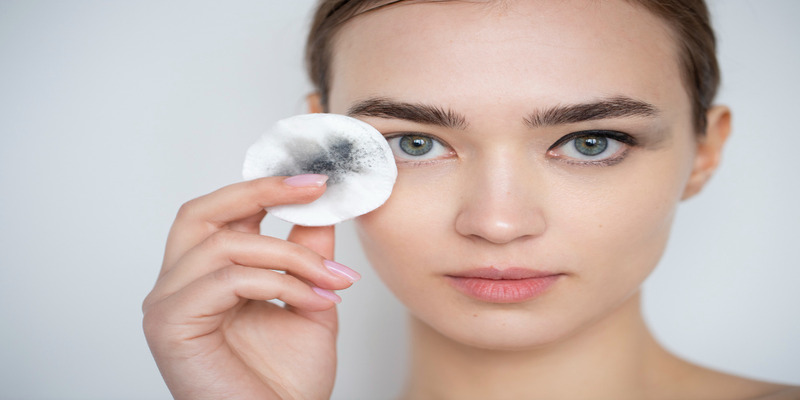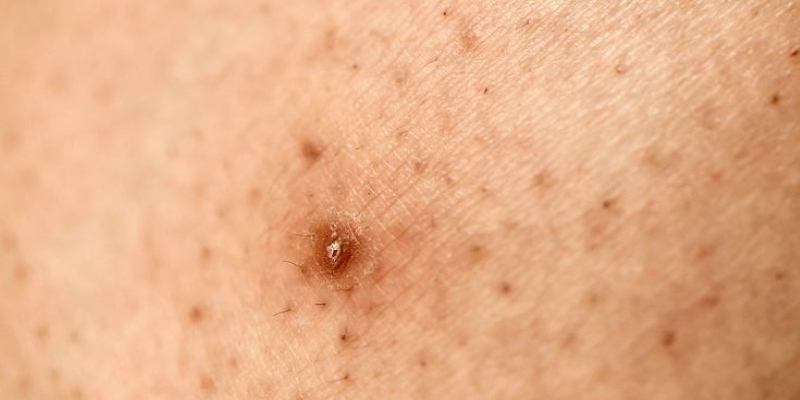Are you suffering from a mysterious rash on your arm, abdomen, or back? If yes, you may have been affected by a chlorine rash. Chlorine rash is an uncomfortable and bothersome condition that can occur when a person is exposed to large amounts of chlorine.
This skin reaction can be caused by swimming in chlorinated water at public facilities such as pools, hot tubs or even showering with excessive chlorination in the water supply. Knowing how to recognize and treat chlorine rash can help reduce your symptoms and prevent further discomfort.
In this blog post, we will discuss what exactly chlorine rash is, potential causes of exposure, common signs and symptoms associated with this skin irritation, treatment options available for relief, and prevention measures to keep you safe near areas of high chlorine levels.
What is Chlorine Rash, and What Causes It
Chlorine rash is an itchy and irritating skin condition caused by exposure to chlorine. Chlorine is a powerful chemical used in water treatment facilities, swimming pools, spas, and hot tubs to kill bacteria and other microorganisms. When chlorine bonds with the skin, it can cause a red, bumpy rash similar to hives. It can sometimes cause an uncomfortable burning sensation accompanied by mild itching.
Chlorine rash is common in children and adults who regularly swim or participate in water sports. Symptoms may include redness on the skin, small bumps or blisters, itchiness, dry patches of skin, and flaking skin. In severe cases, it can lead to swelling and blistering of the skin.
There are things you may take to lower your risk of acquiring chlorine rash, even though it normally only lasts a few days and goes away on its own. Wear a swimsuit that is made to protect your skin from chlorine when swimming or participating in other water sports.
After Swimming, it’s important to shower and rinse off any remaining chlorine on the skin. Applying a moisturizer or lotion may also help to reduce the itchiness and discomfort associated with chlorine rash. If symptoms persist for more than a few days, contact your doctor.
Symptoms of chlorine rash
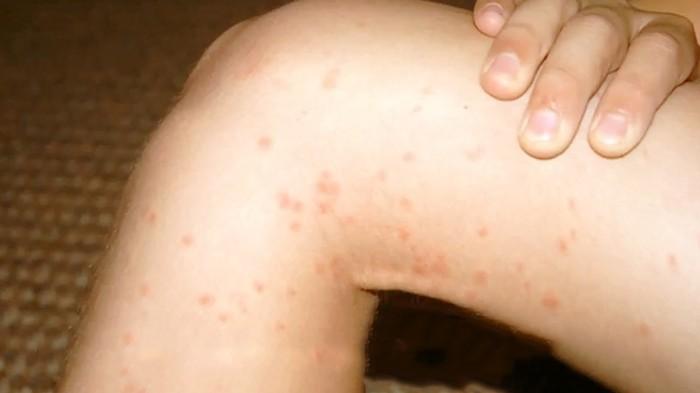
Chlorine rash is a skin condition caused by exposure to chlorine. Symptoms typically include redness, itching, and burning of the skin. In more severe cases, hives, blisters, and swelling may occur. It is important to note that chlorine rash can be exacerbated by perspiration or sweat as it increases the amount of chlorine that comes into contact with the skin.
To avoid this, it is best to shower and wash thoroughly after swimming in a chlorinated pool or other body of water. Additionally, wearing protective clothing such as goggles and swim caps can help reduce exposure to chlorine.
Chlorine rash may also occur as an allergic reaction to products containing chlorine-based compounds. In these cases, it is important to identify the source of exposure and avoid it in the future. Suppose you suspect that a product or environment is responsible for your rash. In that case, it is best to seek medical attention so that an accurate diagnosis can be made and appropriate treatment prescribed.
Typically, over-the-counter drugs like hydrocortisone or calamine lotion can treat chlorine rash. However, a doctor's visit may be required to assist uncover any underlying causes or allergies that may be causing the reaction if the rash does not go away with these therapies.
By avoiding exposure to chlorine and treating symptoms promptly, you can reduce your risk of developing chlorine rash and other related skin conditions. It is important to be aware of the potential risks associated with chlorinated water and products so that you can take steps to protect your skin.
How to Prevent Chlorine Rash
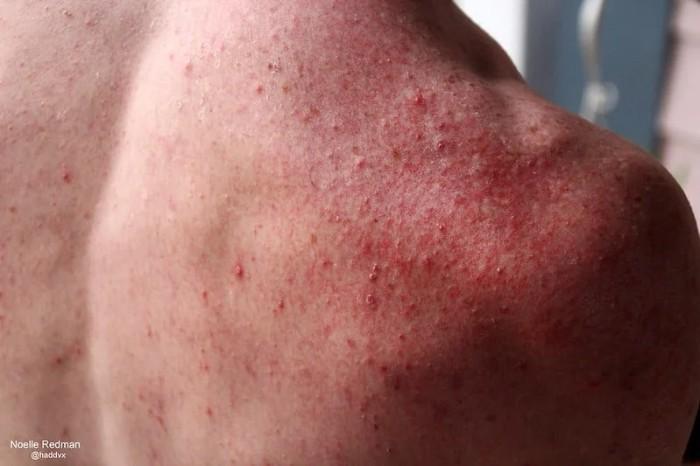
Chlorine rash is a skin condition caused by prolonged exposure to chlorinated water. To prevent chlorine rash, it is important to take preventive measures when swimming or participating in water activities that involve chlorine.
One way to reduce the risk of developing chlorine rash is to wear protective clothing and swimwear made from materials such as nylon and lycra, which may provide some protection against chlorine. It is also a good idea to shower immediately after swimming or other water activities that involve chlorine. This helps to remove any residual chlorine on the skin before it has time to irritate.
Additionally, moisturizers containing ingredients such as shea butter or aloe vera after swimming can help reduce the risk of developing chlorine rash. These moisturizers provide a protective barrier that prevents the skin from coming into contact with chlorine-containing water.
Finally, taking breaks during chlorine activities can help prevent chlorine rash. The longer someone is in chlorinated water, the higher their chance of developing chlorine rash. Taking a break from the water every 30 minutes or so can help reduce this risk.
Taking the necessary precautions can greatly reduce the chances of developing chlorine rash and other skin conditions caused by prolonged exposure to chlorine. Although chlorine protects against bacteria in pools, lakes, and oceans, it is important to remember that too much of a good thing can be bad for your skin. Taking the necessary steps to protect yourself can help you enjoy swimming and other water-related activities without the risk of developing a chlorine rash.
FAQs
What does a chlorine rash look like?
Chlorine rash is a common skin irritation that appears as red, itchy bumps. It may also appear as small blisters or dry, flaky skin patches. The rash usually forms in areas that have come into contact with chlorine during swimming or other activities.
How do you treat chlorine rash?
Chlorine rash should be treated with home remedies and medical treatments. For mild cases, home remedies such as cool compresses, over-the-counter antihistamines, moisturizers, and avoiding chlorine exposure may help relieve itching and discomfort. Severe cases may require prescription medications or stronger topical creams containing steroids.
How long does the chlorine rash last?
The duration of chlorine rash depends on the severity of the reaction and how it is treated. Mild cases may last a few days, while severe cases may take longer to heal. It is important to seek medical attention if the rash does not improve with home remedies or worsens over time.
Conclusion
In conclusion, chlorine rash can be a very uncomfortable and distracting skin condition. While it's often caused by exposure to chlorinated water, it can also be caused by other factors, such as an infected cut or contact with chemical-containing detergents. Luckily, there is plenty you can do to help protect yourself from this skin irritation. You should always test out the water before swimming to detect if the chlorine levels are too high and, if so, swim elsewhere.

